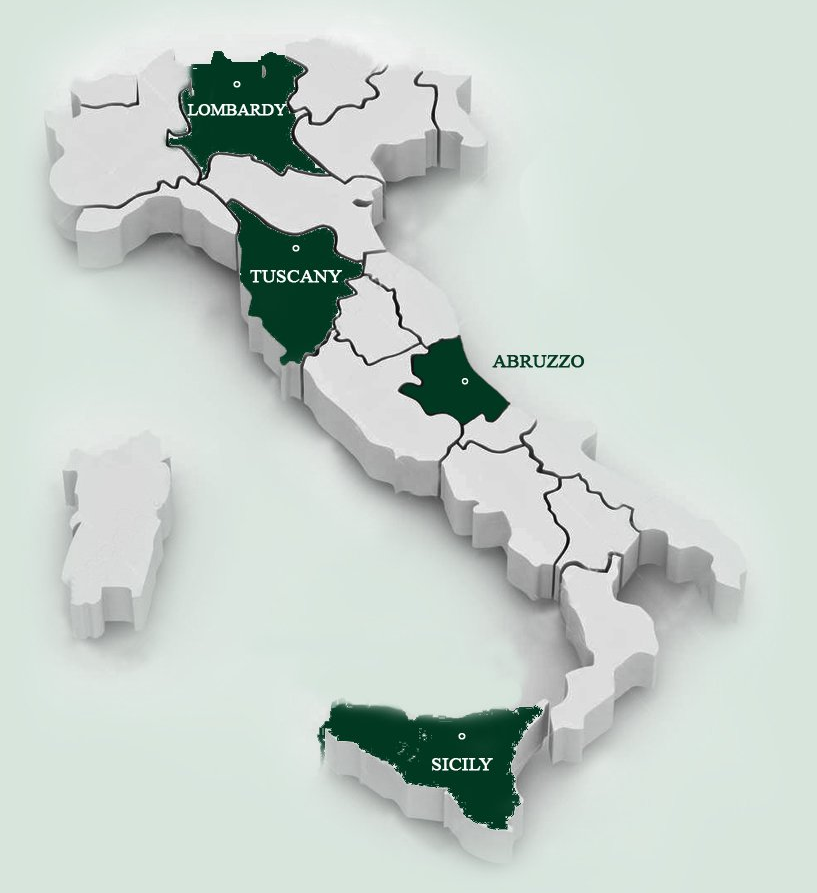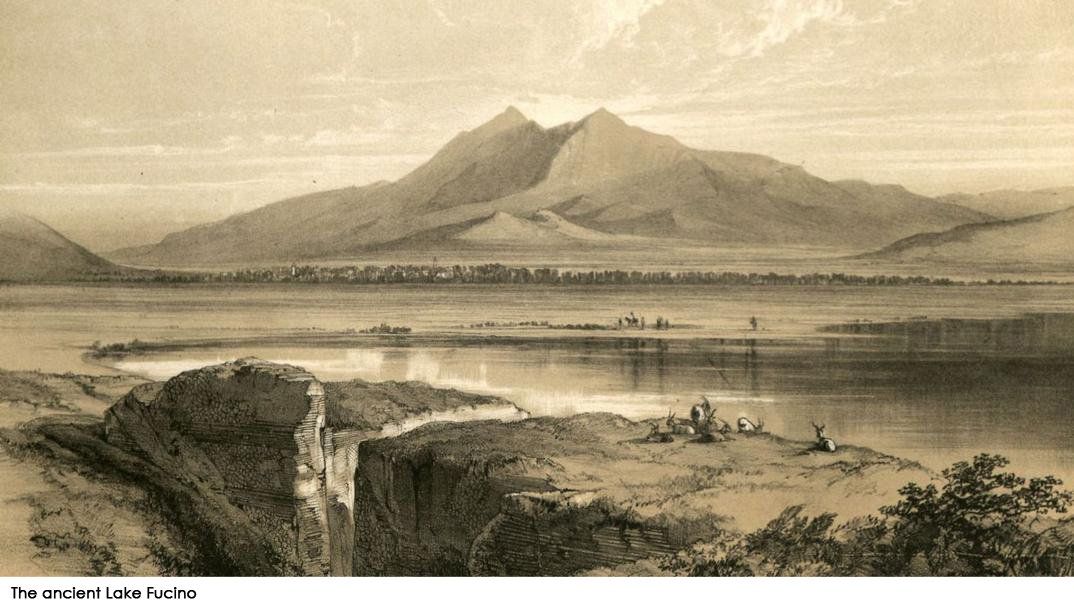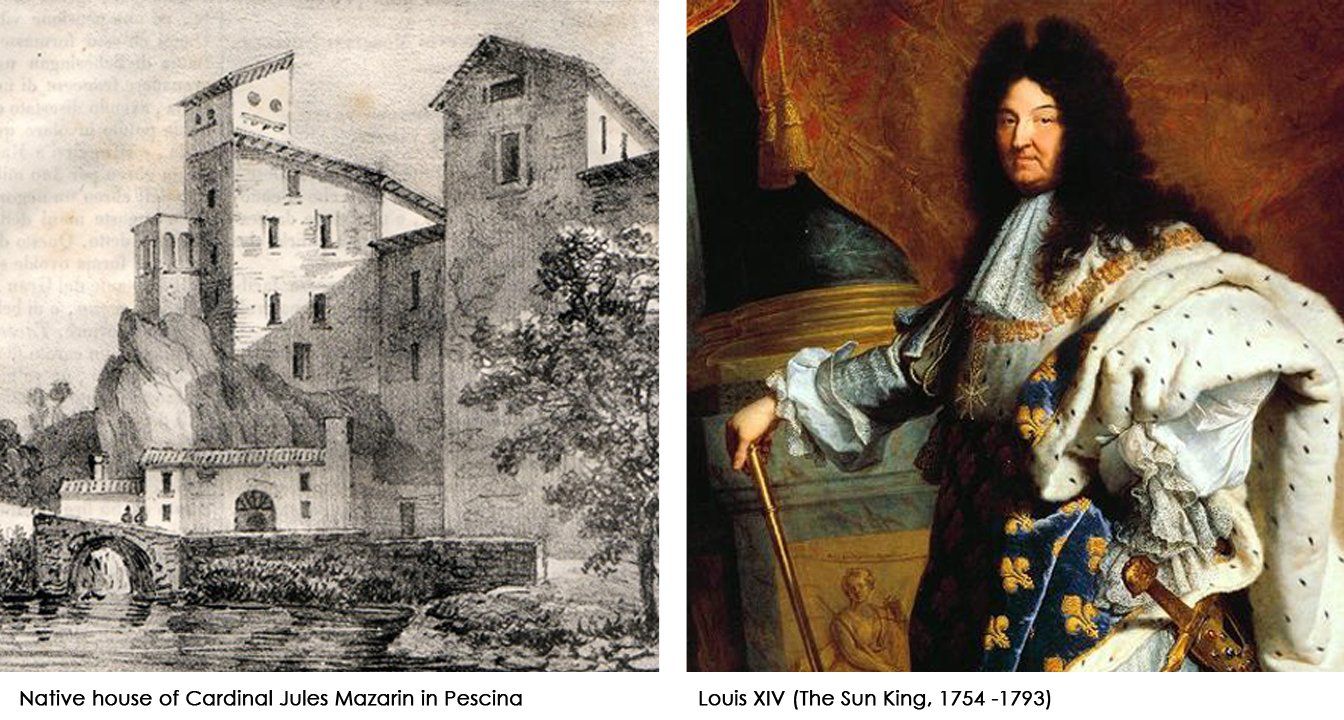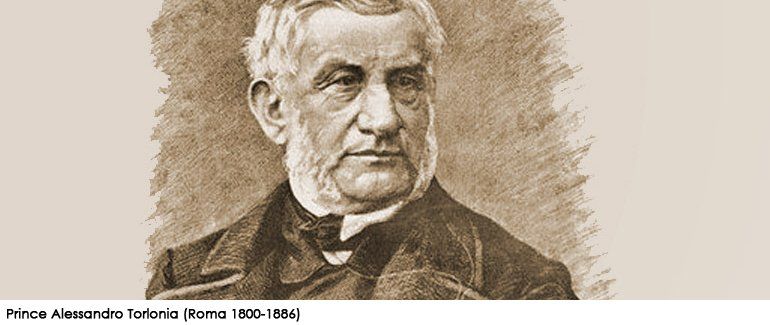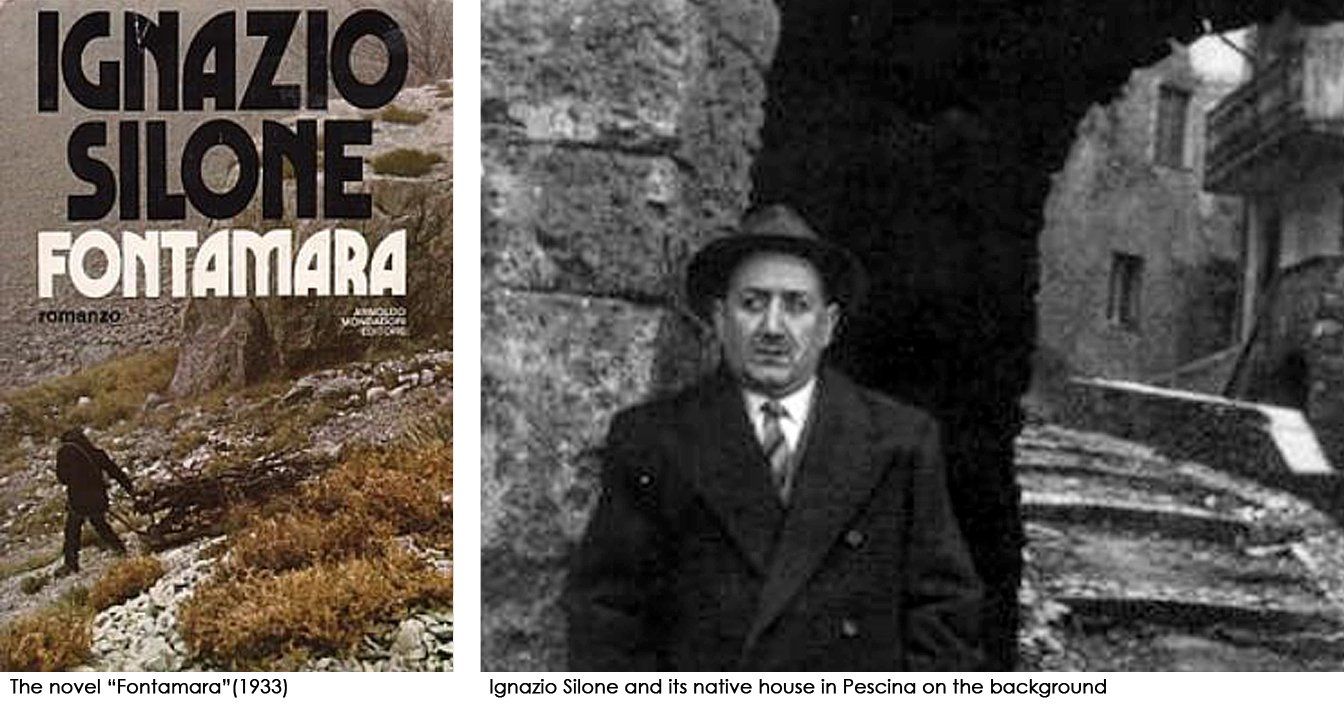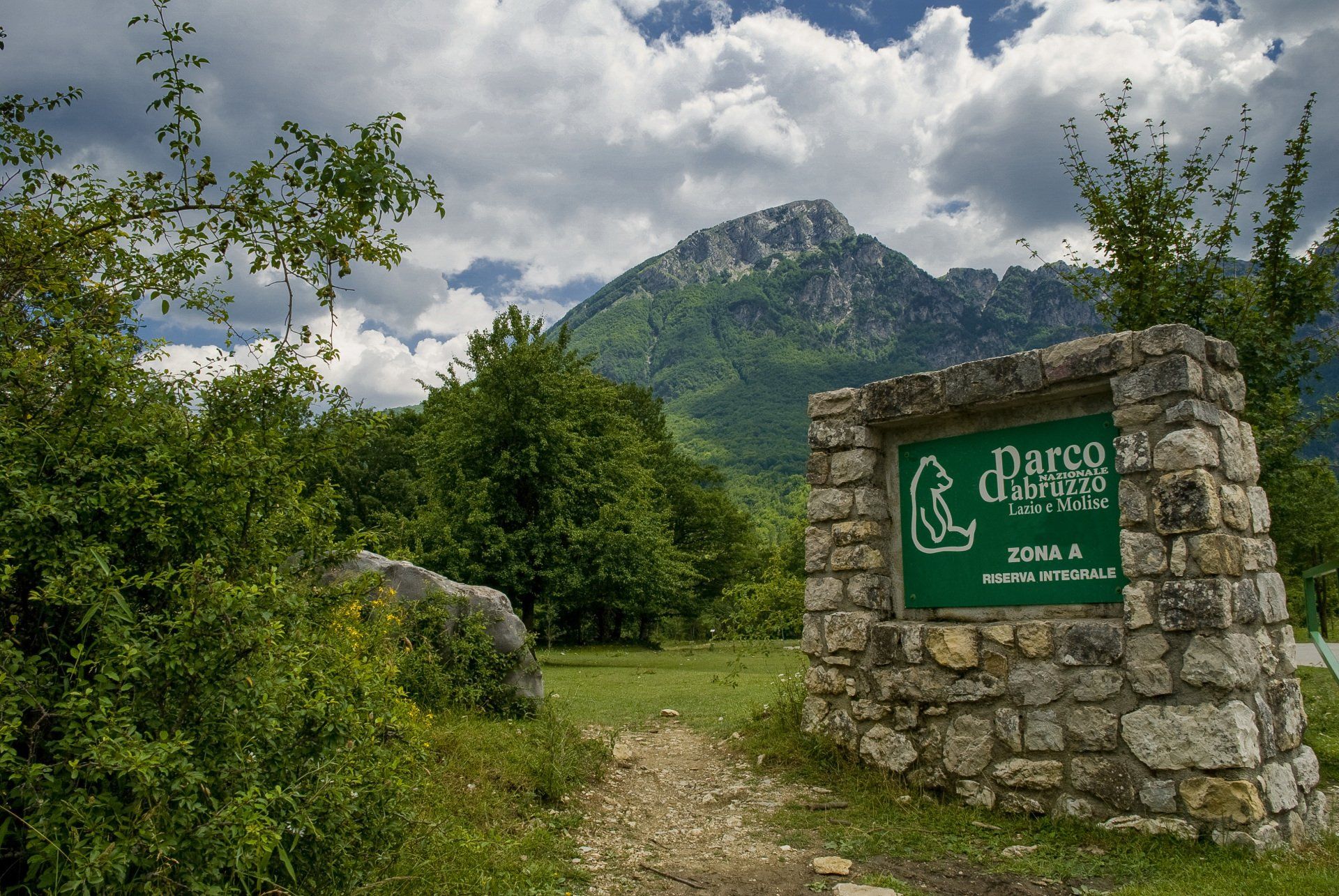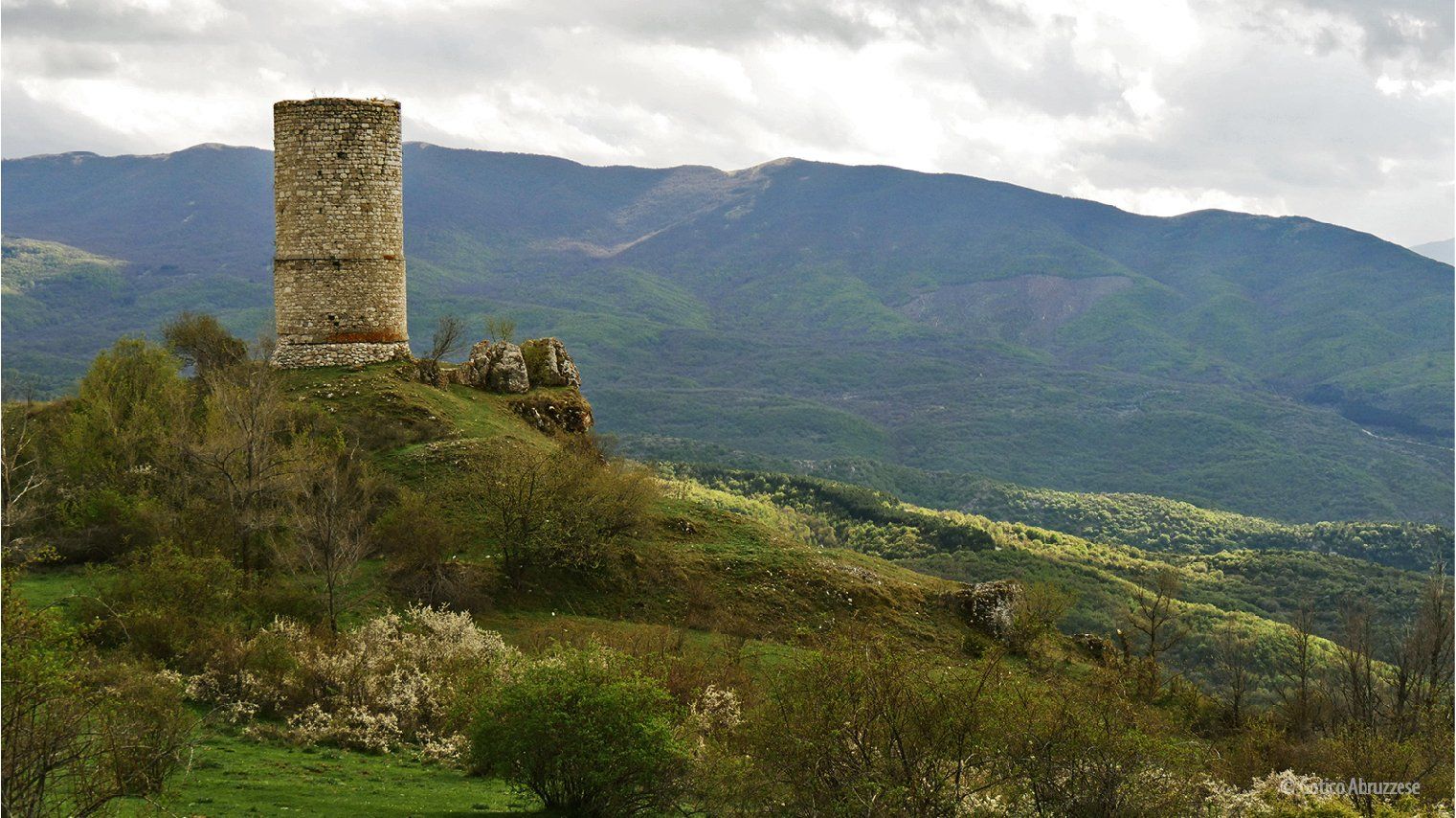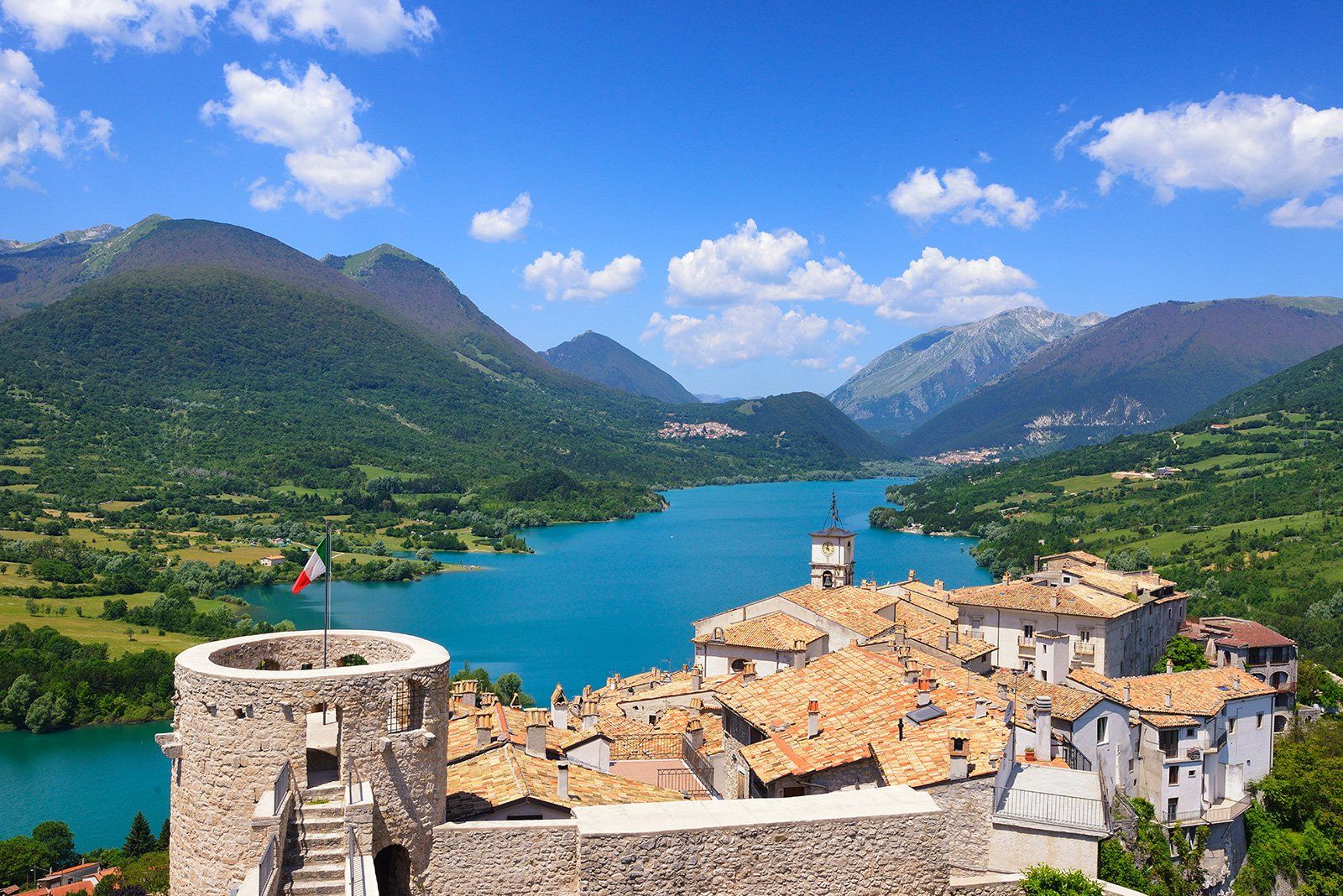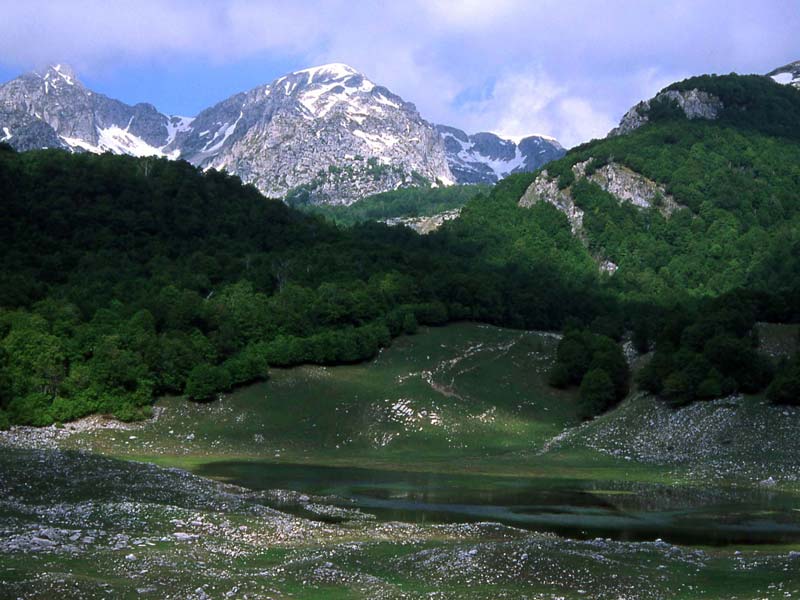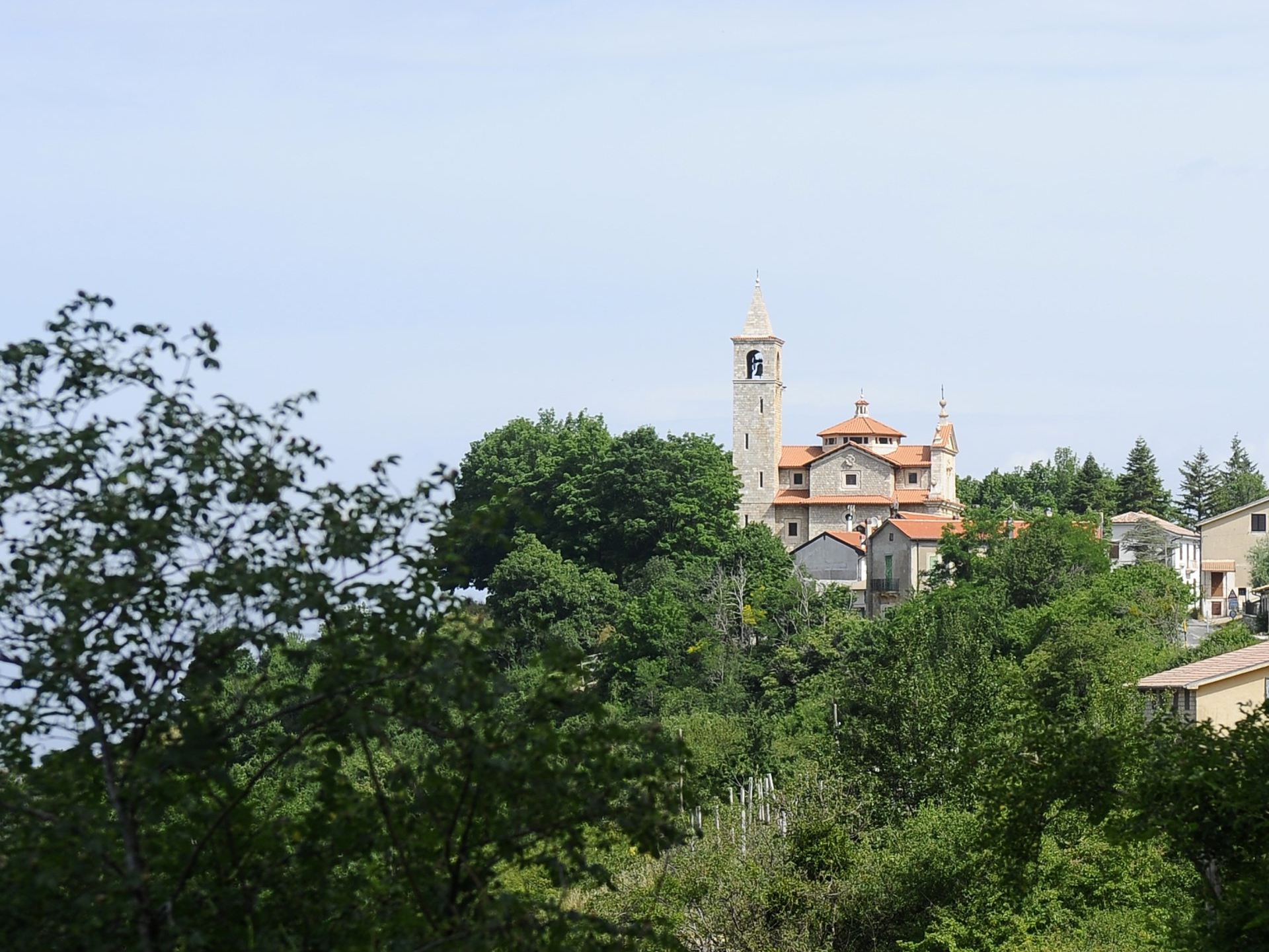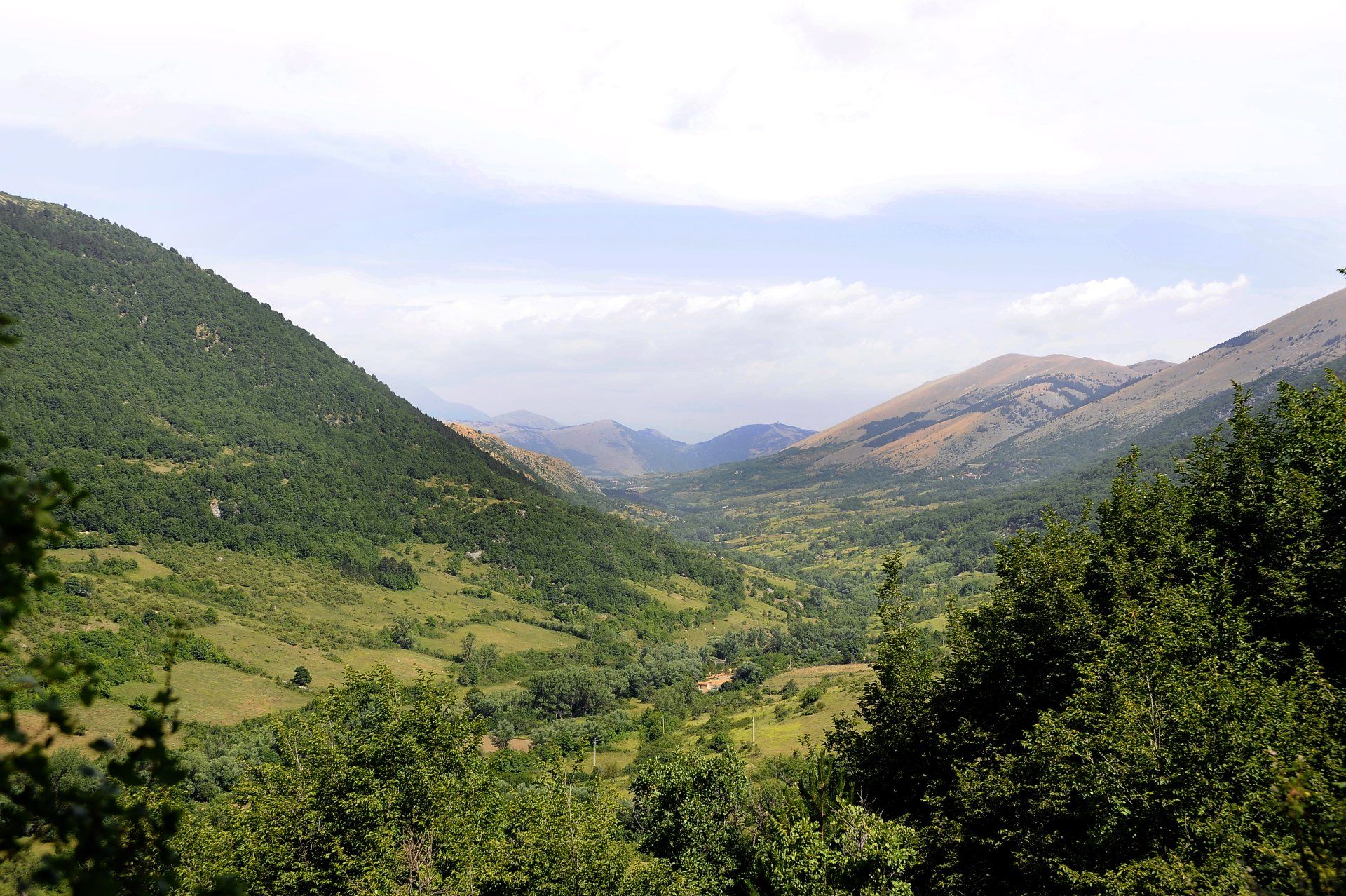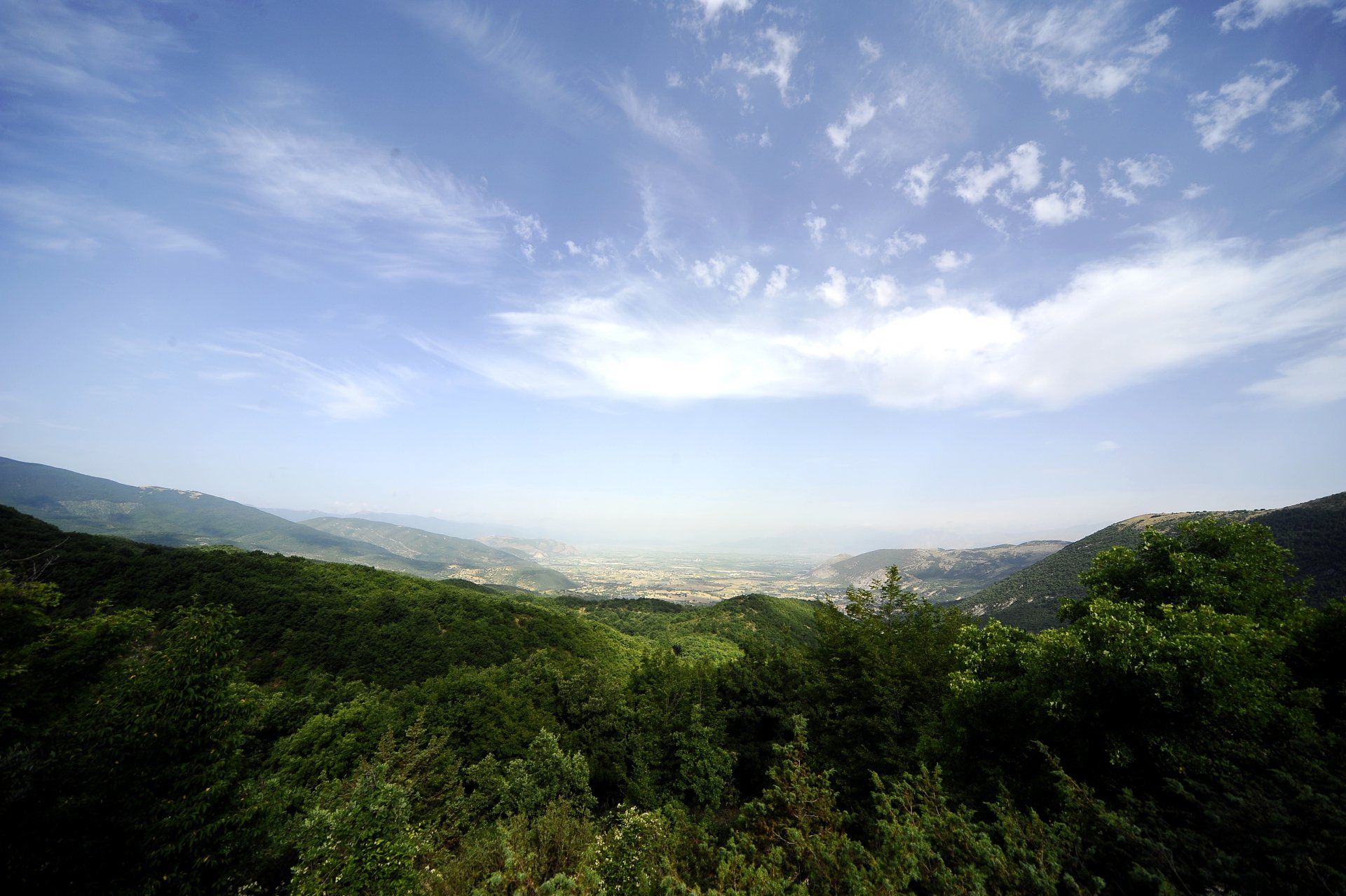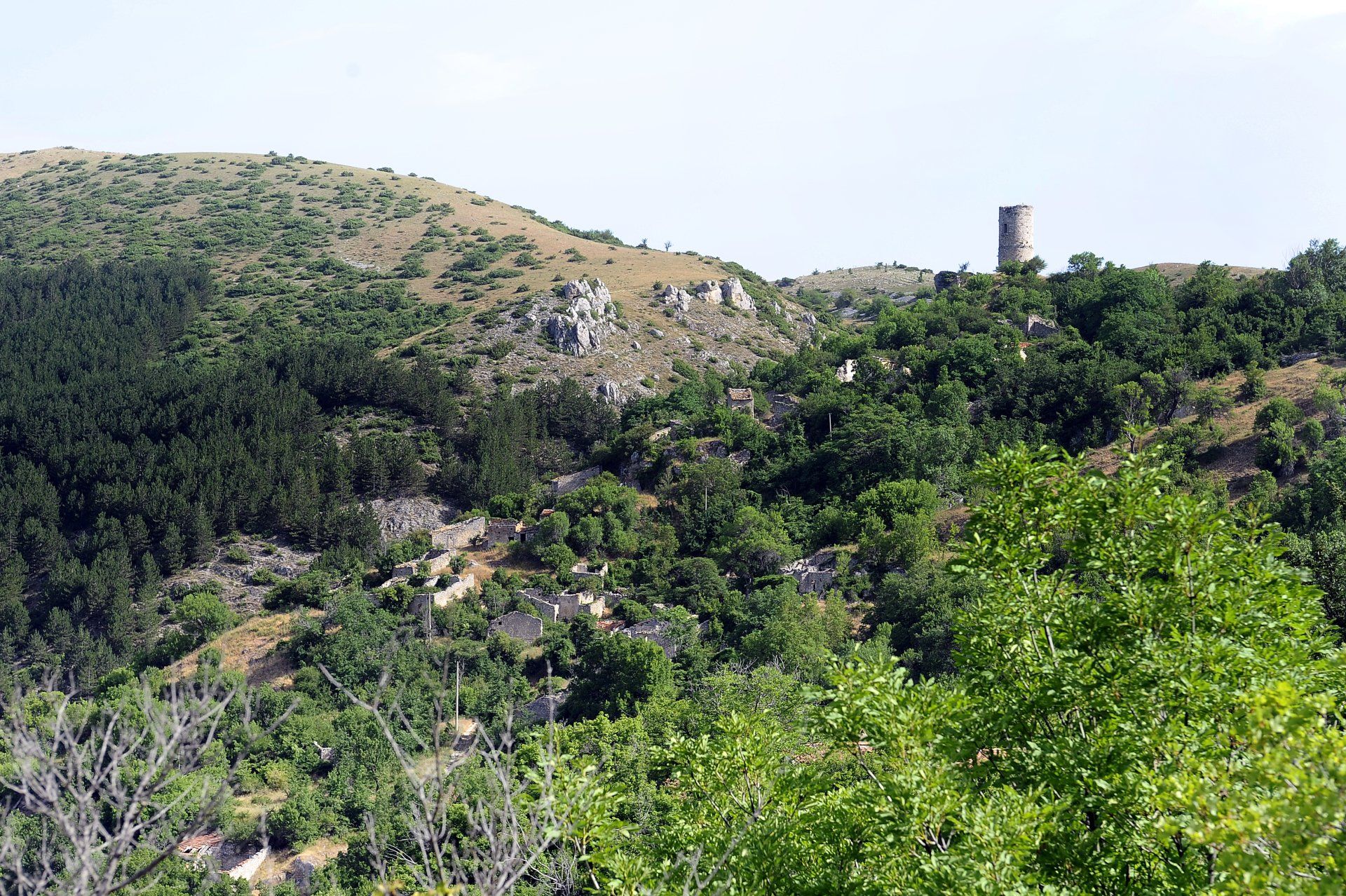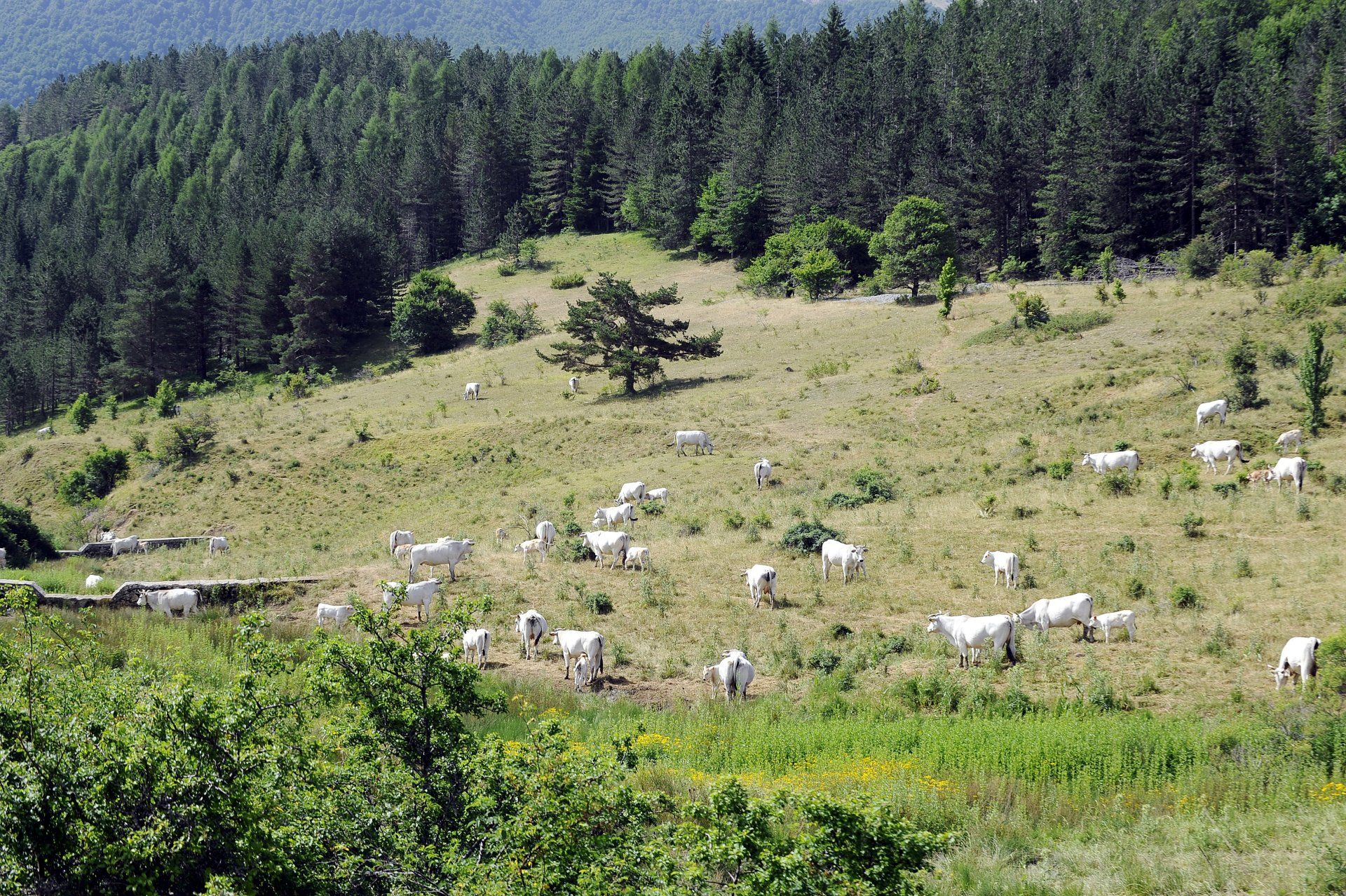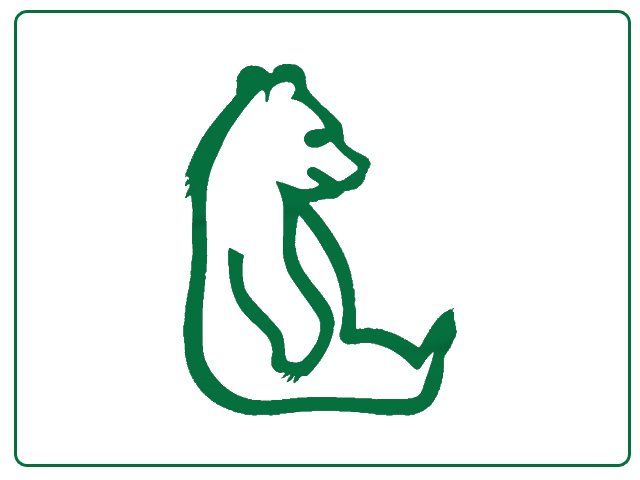COMPANY
Aureli
was born from the agricultural tradition and from the culture of respect for the environment of the Territory in which it is located: the Fucino Plateau.
Here the Territory, the Man and his knowledge merged to create an ancient connection that Aureli has strengthened over time.
TERRITORY and IDENTITY
OUR HISTORY - 50 YEARS OF SUSTAINABLE AGRICULTURAL TRADITION
Aureli
Company was born from the entrepreneurial idea of MARIO AURELI who continued the long agricultural tradition of the “Fucino Plateau" starting to cultivate carrots in 1968.
The history of the company comes from the strong connection that has always linked the Family to its Land. The unique characteristics of the Land and the geographical position have made this area one of the most favourable areas for growing vegetables all over Europe. In ancient times Fucino was a big lake, the third largest in Italy, it was dried up in the late nineteenth century, leaving a very fertile Soil.
The plateau is about 650 meters above Sea level, surrounded by mighty peaks that act as a protective barrier creating a favourable microclimate. The combination of such soil and climate factors has created the conditions for the birth and development of a well-established agricultural tradition over the decades. Over time, these resources have been cleverly converted into wealth by the people who lived there and that for decades cultivated various vegetables.
In 1923 was established "The National Park of Abruzzo, Lazio and Molise" to protect the environment of the surrounding Territory. In order to preserve the uniqueness and preciousness of its territory by showing respect for the land in which it operates, Aureli inherited the ability to be farmers in a sustainable manner by focusing its entrepreneurship on the concept of Circular Economy.
OUR PHILOSOPHY - RESPECT FOR THE TERRITORY
Our daily job is to respect the territory in which we are located, to preserve with responsibility the Landscape, the Earth and Waters of Fucino Pleateu that for decades have been inexhaustible sources of wealth for its people.
TRADITION - A LONG RELATIONSHIP WITH THE PAST
We have been cultivators for over 50 years and we will transmit to future generation the same values that we have inherited from inhabitants of the Territory. Over time a special bond has been created between the People and the Territory, a link of nature that comes from the “field to the fork”. The founder, Mario Aureli, took over and continued the small agricultural activity of his ancestors and enlarged its horizons with entrepreneurial drive. The witness passed to the new generations: the Family guarantees the passion for cultivation and respect for the Territory. Aureli
has strengthened the ancient link between Environment and People which has always been present in Fucino Plateau.
OUR AIM - TTOTAL QUALITY IN A SUSTAINABLE MANNER
Aureli's production processes have always combined high innovation with a strong tradition, anyway it is always the experience of Man to act as guide for a careful construction of total quality in a sustainable manner.
Fucino Plateau
The Fucino Palteau occupied in ancient times by a huge lake is nowadays located at 650 meters above Sea level completely enclosed and protected by mountain ridges such as the massive peaks of the Velino-Sirente and the Simbruini Mountains. The Lake had a very large surface but a reduced
depth (between 18 and 22 meters) and was fed by many underground springs, without being regulated by appropriate river system. For this reason the water level was subject to sudden and changing conditions, often with dramatic consequences for the local populations.
The first project to drain the lake to increase the cultivable area dates back to Julius Caesar in Roman times. It was only the Emperor Claudius (52 AD) who executed it out by building an emissary to make the waters flow into the Liri river. However in the Middle Ages the Fucino area returned to the condition of a closed lake with an irregular river system. The drainage began in 1852 by a French company and was later was continued by
the Roman Prince Alessandro Torlonia and completed only in 1876. This geographical change has led the economic activities of the populations, hitherto devoted mainly to sheep farming, towards agricultural practices. Over the decades, this vocation has become specialization making Fucino one of Europe's most important areas for growing vegetables.
The Ancient Fucino Lake
The history of Lake Fucino begins in the Ice Age. It is estimated to have reached 155 km of surface and a depth between 18 and 22 meters: at that time it was the third largest lake in Italy after Lake Garda and Lake Maggiore, and the first in peninsular Italy. However, it was the highest lake since it was located at about 650 meters above sea level.
A rich province at the time of the ancient Roman Empire
Important settlements like Alba Fucens and Marruvium were built by the shores of the lake. Alba Fucens was a Roman colony founded in 304 BC and during the imperial age was a rich and prosperous place as shown by the archaeological remains. Marruvium was an ancient city of central Italy and the main centre of the Marsi people who were afterwards subjected by the Romans despite a fierce resistance. Historical evidences tell of impressive shows organized by Romans called Naumachiae, reproducing naval battles. The most important Naumachiae that took place here was carried out by Claudius in 52 AD. The Latin writer Tacitus tells us that hundreds of galleys were built and about 19.000 slaves were rounded up to be used in battle. Emperor Claudius, his wife and his godson Nero assisted to the show from a special stage built for the occasion.
The first draining attempt carried out by the Romans.
Although the Romans had chosen the area as a place for their holidays, it was at that time that, due to numerous floods that occurred and obvious seasonal problems, emerged the need to clear the lake. It was Emperor Claudius who first moved for this purposebetween 41 and 52 AD, by digging the so-called "Tunnels of Claudius",waterworks consisting of a long underground canal, 6 tunnels, 32 pitsdug in the heart of the Mount Salviano. Form the Avezzano side, the water flowed through Mount Salviano directly into the Liri river up to the Tyrrhenian Sea. With the fall of the Roman Empire and the barbarian invasions, which also marked the history of the Marsica, there was no longer maintenance: the canals were irremediably obstructed and the waters returned to the previous lake levels.
Fucino at the time of the Sun King
The Fucino was the birthplace of Cardinal Jules Mazarin, born in 1602 in “Fontamara” - the current Pescina - by the shores of the lake. The Cardinal lived at the court of King of France Louis XVI during the seventeenth century. He actively participated in the political life of the time succeeding Cardinal Richelieu.
The final draining by Prince Alessandro Torlonia
After about 18 centuries after the first attempt made by Claudius, the project was resumed on 15 February 1857 with the intervention of the Roman banker Alessandro Torlonia. The work was completed in 1870 while the reclamation operations were completed between 1875 and 1878. Most qualified workers and technicians of the time were engaged for over 20 years, restructuring emissaries, burrows and canals. The waters of the Fucino flowed totally into the Liri river through the collecting canal. The imposing mass of water took 25 long years to completely disappear with the collaboration of 400.000 workers. On 1st October 1878 the Lake was declared officially dried up and
since than the fisherman of the basin soon became farmers. In 1875 King Vittorio Emanuele II, conferred the title of "Prince of Fucino" to Alessandro Torlonia and 16.507 hectares of land were available for cultivation. Around the basin was than built a good network of roads of 52 km: a main road and many other straight roads crossing it. 2.500 hectares of the 16.507 ones that emerged from the draining, were given to the inhabitants of the area, others to coastal municipalities while the remaining became property of Torlonia family. A large number of people from other parts of Abruzzo, Marche and Romagna settled in the new lands.
Ignazio Silone and the Land Reform of 1950: Fucino towards modernity and agriculture of the future
In 1886, peasants started to struggle against Torlonia family for the possession of the land. These conflicts were well described in the novel "Fontamara", a masterpiece of 1933 by the writer Ignazio Silone, born in 1900 in Pescina, a town by the shores of the lake that was already the birthplace of Cardinal Jules Mazarin. In the novel Ignazio Silone denounced the exploitation and resignation of the peasants of that period.After many arrests, injuries and deaths, in 1951 the lands were expropriated to Torlonia family: it was the sunset of a hard age that had seen the disappearance of the fishermen in favour of the peasants. In 1953 the Government finally launched the Agrarian Reform. Nowadays a great people live in the Fucino basin, mostly tied to those same lands that once were under the clear waters of the lake.
THE NATIONAL PARK of ABRUZZO, LAZIO and MOLISE
Established in 1923, the "The National Park of Abruzzo, Lazio and Molise" is a protected area of the Abruzzo Apennines, and covers about 300 square Km, three quarters of which in the province of L'Aquila alone. It was created to preserve the rich biodiversity and protect the environmental beauty and landscape of this unique area.The plant and wildlife species make it one of the most visited parks in Italy as well as a place of protection of the most typical and best preserved environments of the entire Apennines.
The protection of great mammals was the main reason for the establishment of the reserve. Among these animals we have: the bear (Ursus arctos marsicanus), the Abruzzo chamois, the Apennine wolf, the lynx, the deer, the roe deer, the otter, the badger, the porcupine, the marten.Among the birds of prey we have the golden eagle, the owl, and several species of woodpecker and peregrine falcon. There are also many characteristic flowers of the Park, including the alpine star, the snow gentian and the iris of Marsica.
USEFUL LINKS
CERTIFICATIONS
JAS - Japan Agricultural Standards
USDA/NOP ORGANIC
- United States Department of Agricolture / National Organic Program
BIO ICEA - Organic Products
GLOBAL G.A.P.
- Good Agricultural Practices
GRASP
- GLOBAL G.A.P Risk Assessment on Social Practice
IFS - International Food Standard
PGI
- Protected Geographical Indication
KOSHER
- Compliant with Jewish Dietary Rules
CSQA
- HACCP - UNI 10854:1999
AEO
- Authorized Economic Operator
FDA
- Food and Drug Administration
FTA
- Free Trade Agreement
EXPORT
A global success: AURELI
works with more than 60 foreign markets
50
YEARS OF
HISTORY
3.000
HA OF CULTIVATION
over
1,000
SATISFIED CUSTOMERS
over2,000
YEARLY SHIPMENTS
70%
POLLUTANTS REDUCTION
5
CONTINENT
1.000
KWH OF GREEN ENERGY
60
MARKETS
100.000
MQ OF PLANTS
50%
EXPORT PERCENTAGE
200
EMPLOYEES
5
FACTORY PLANTS




